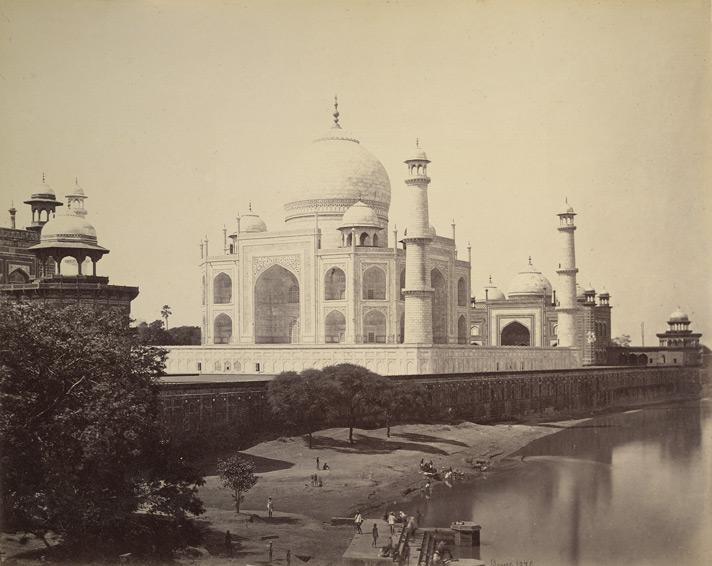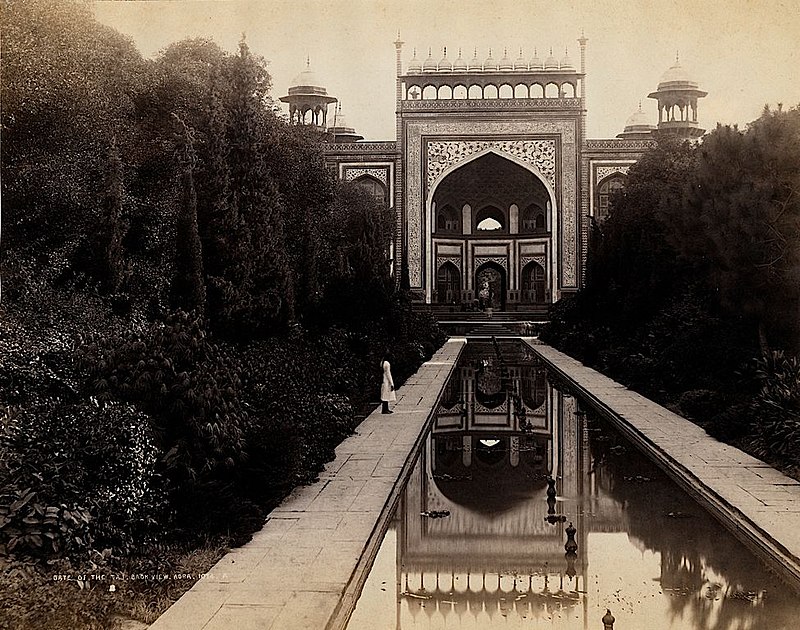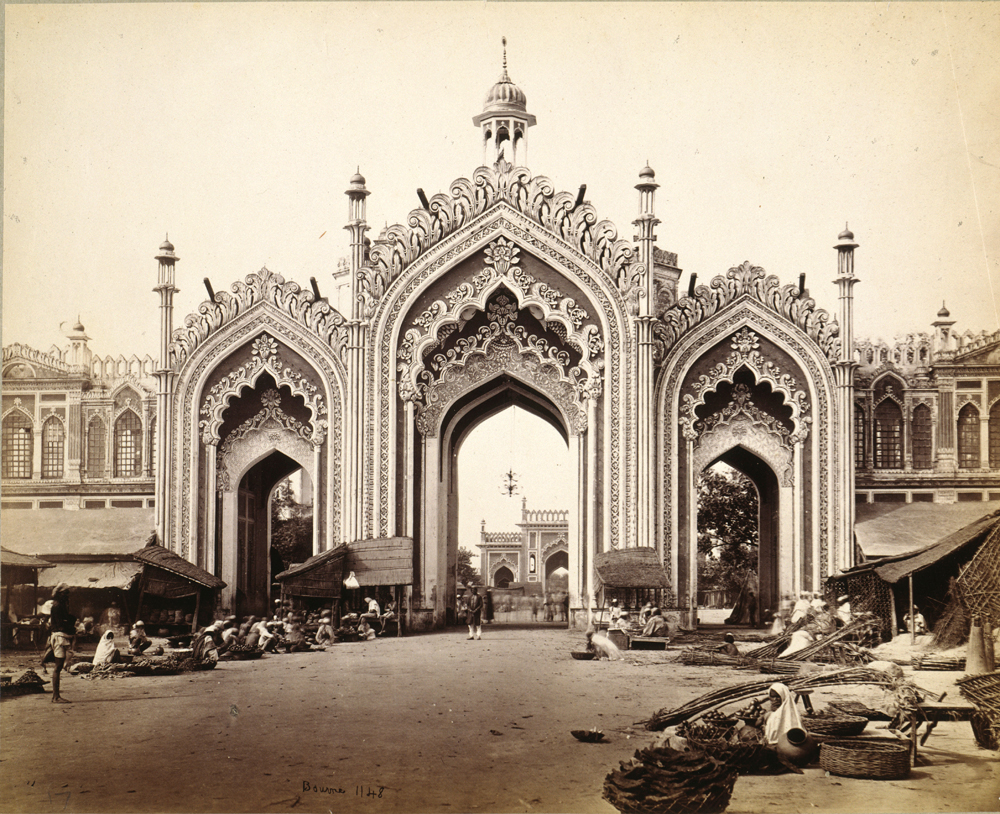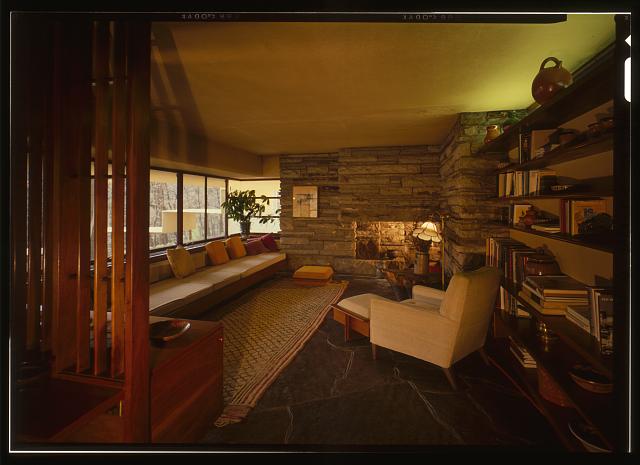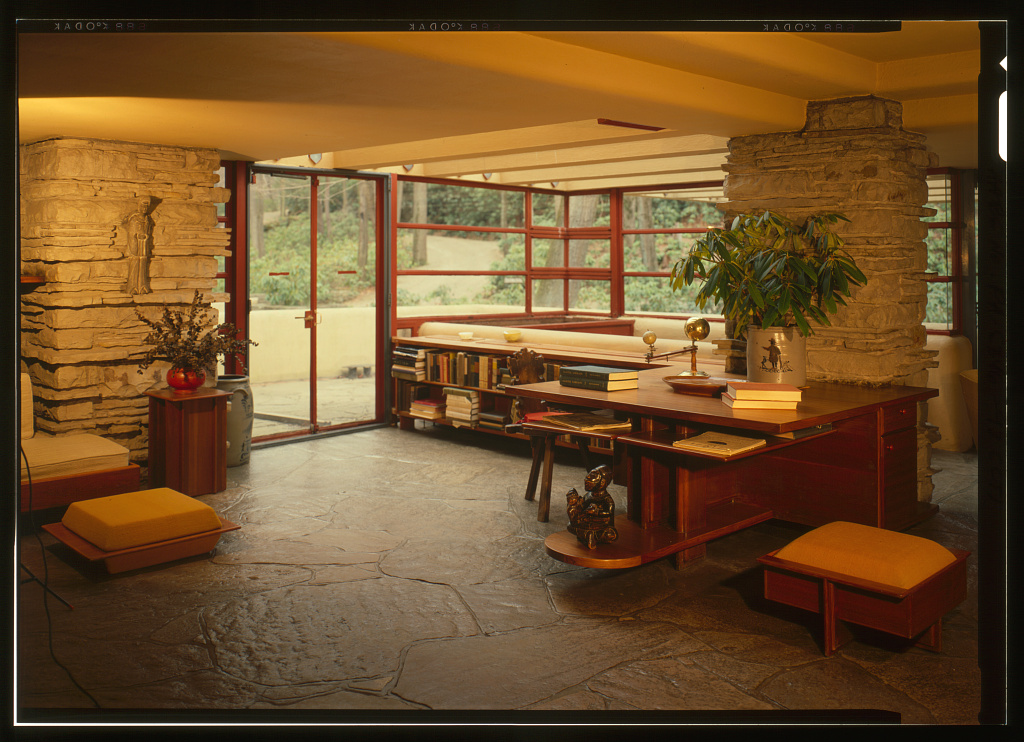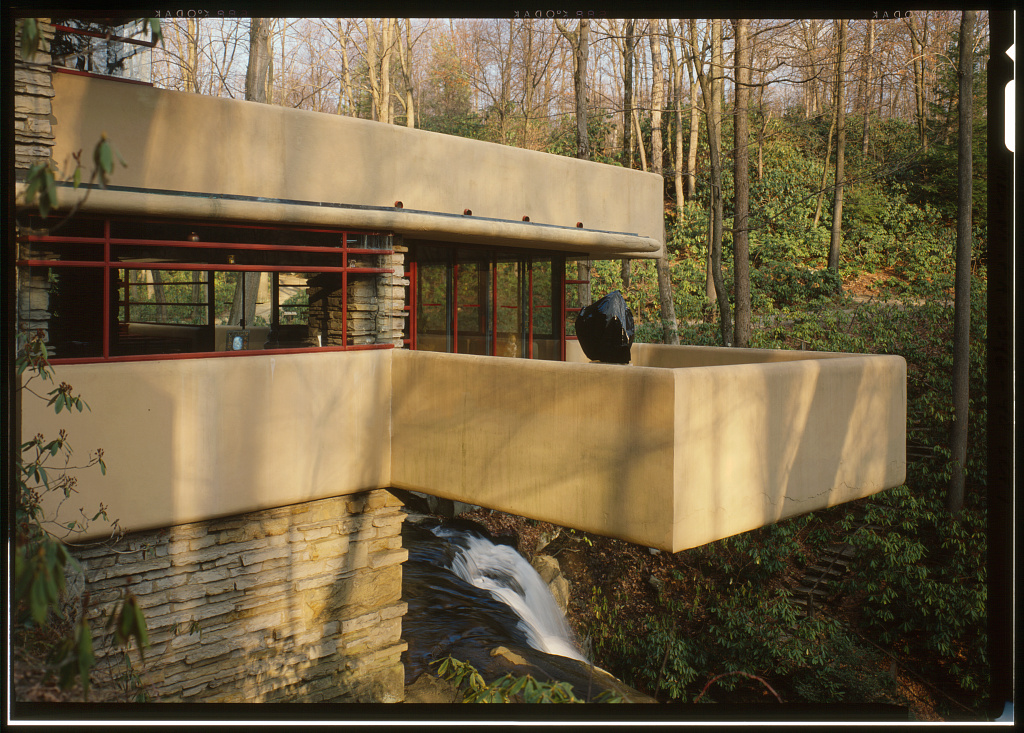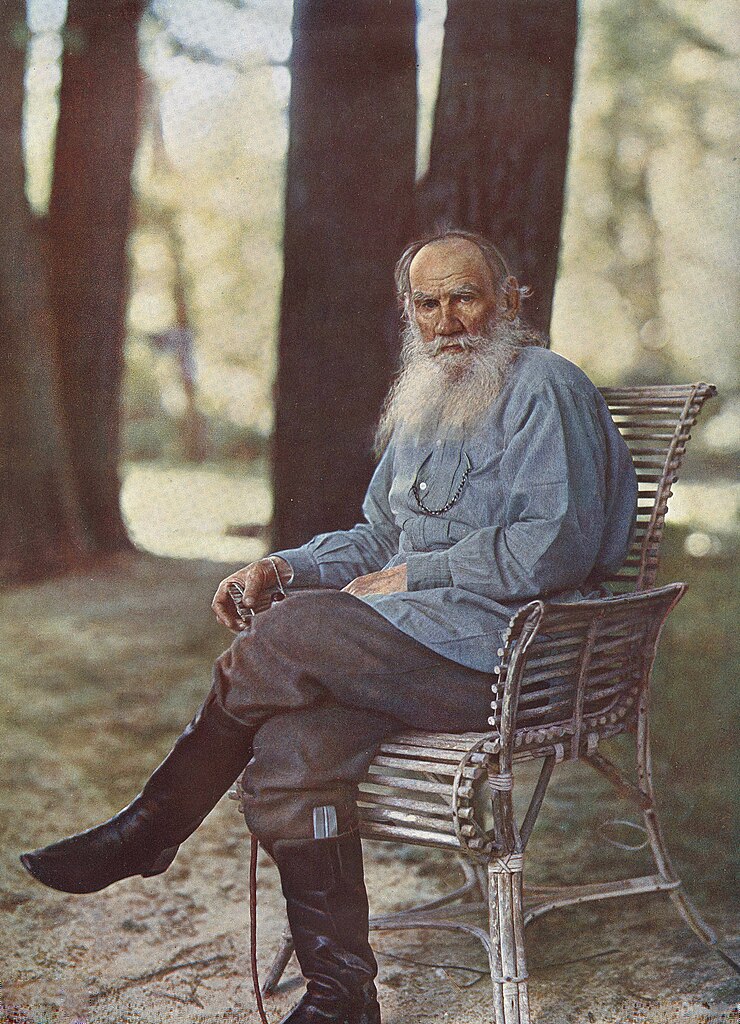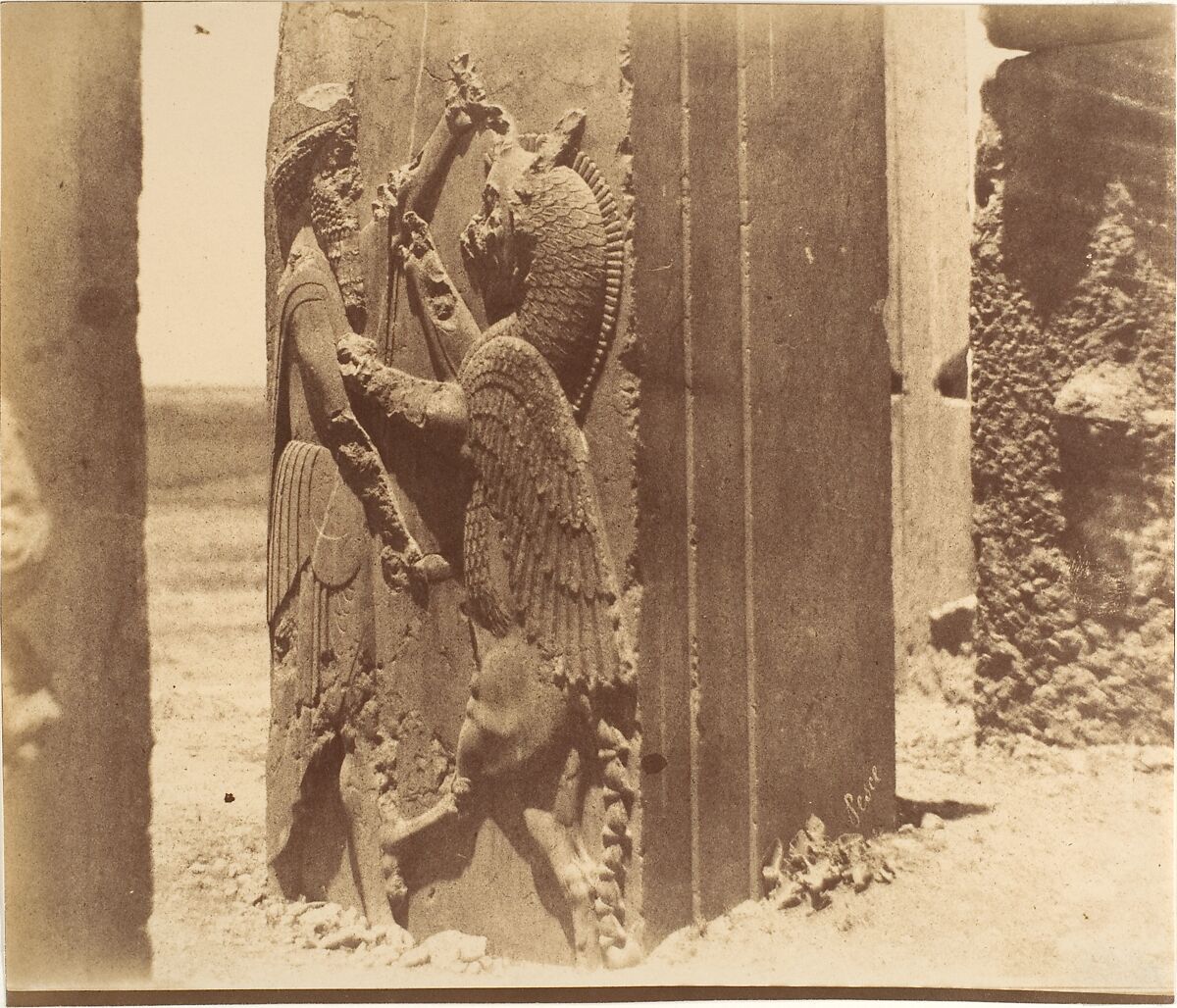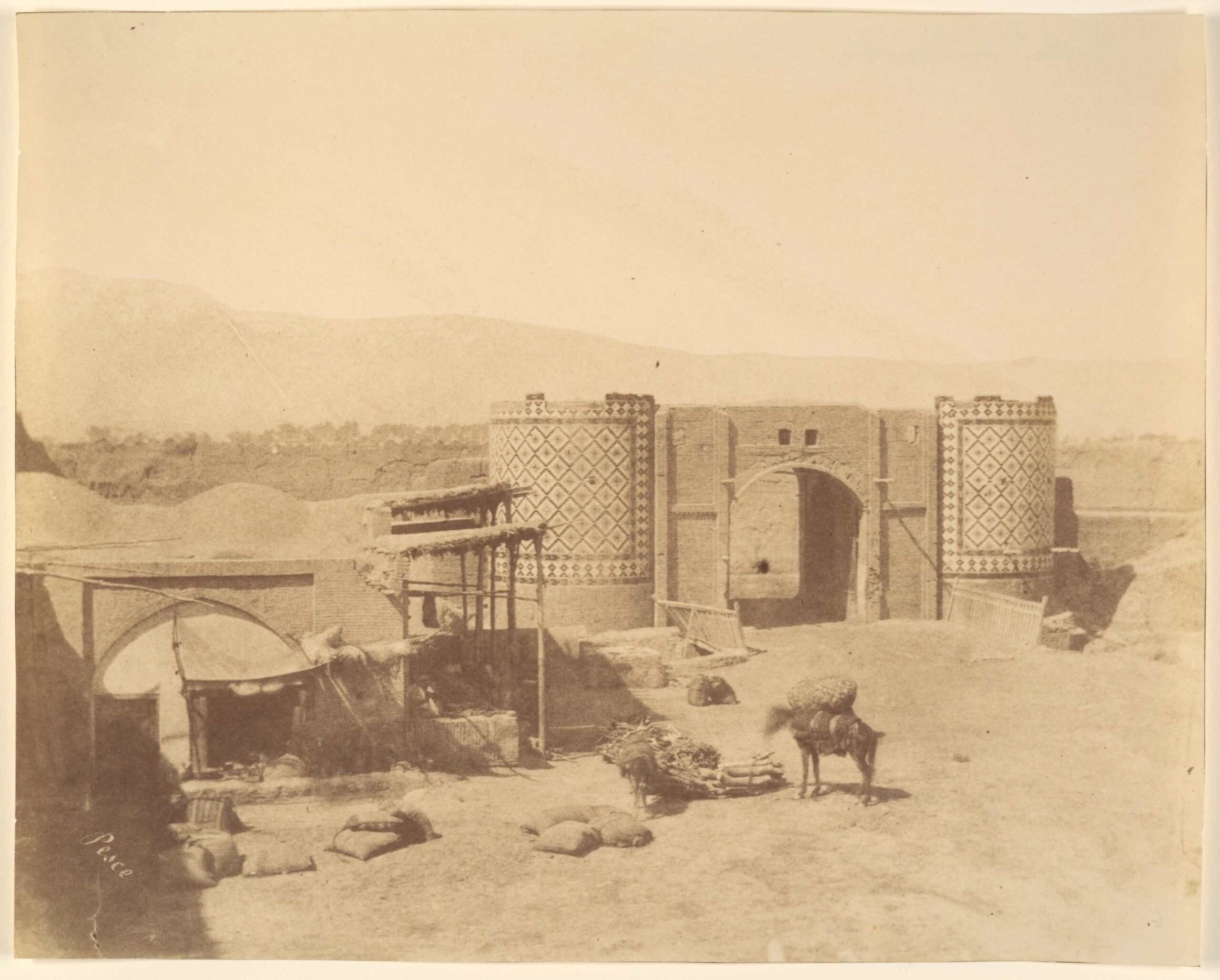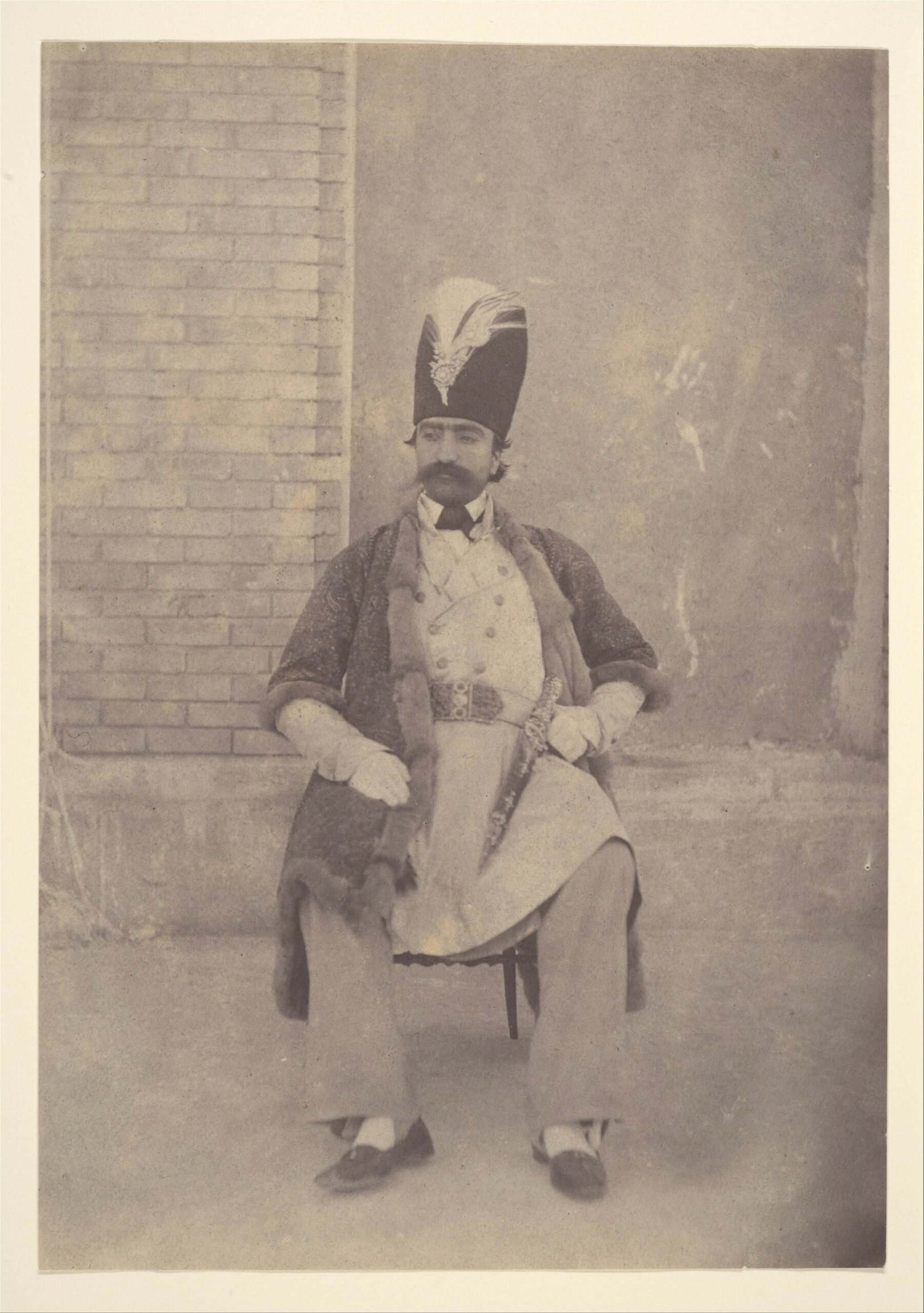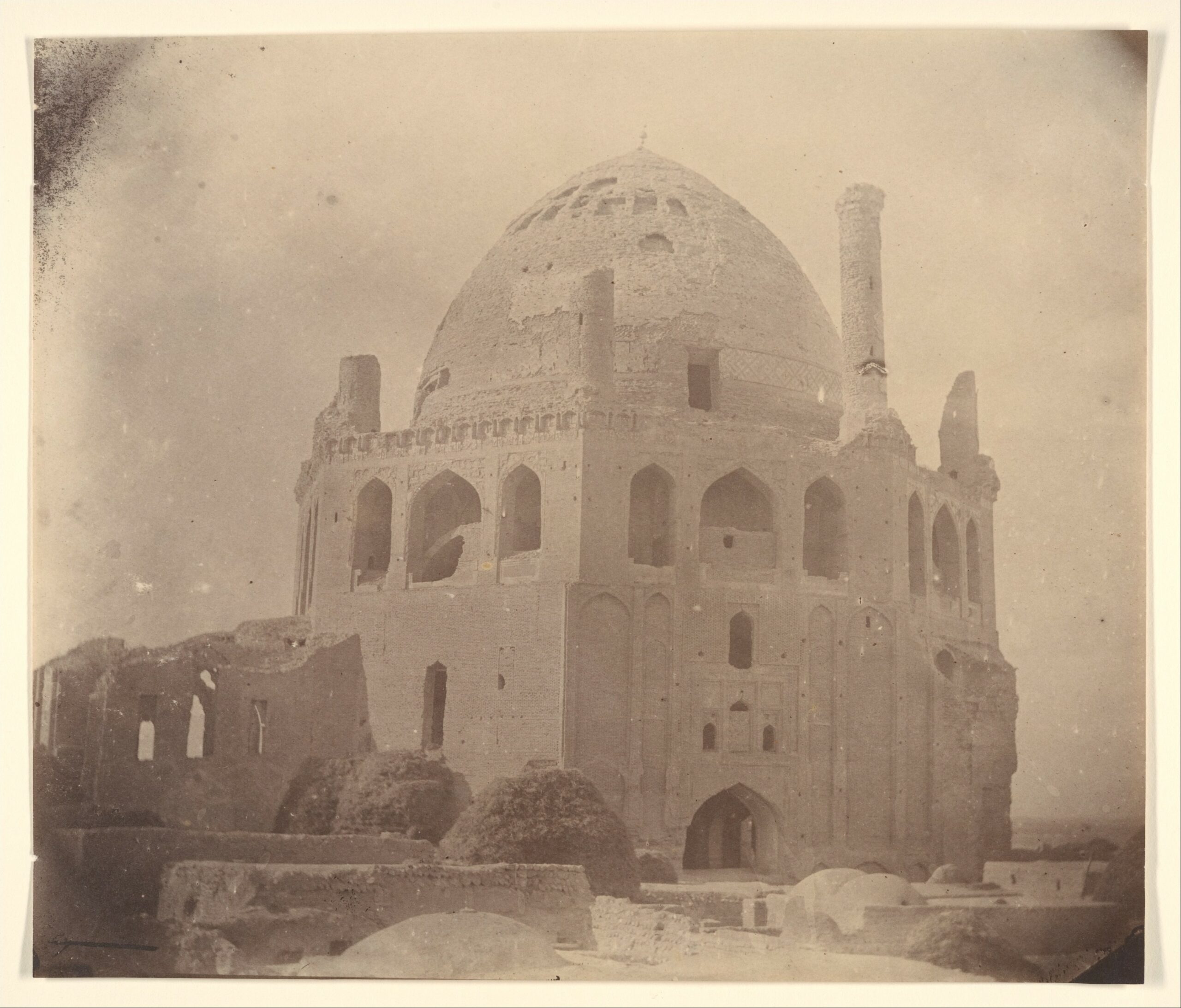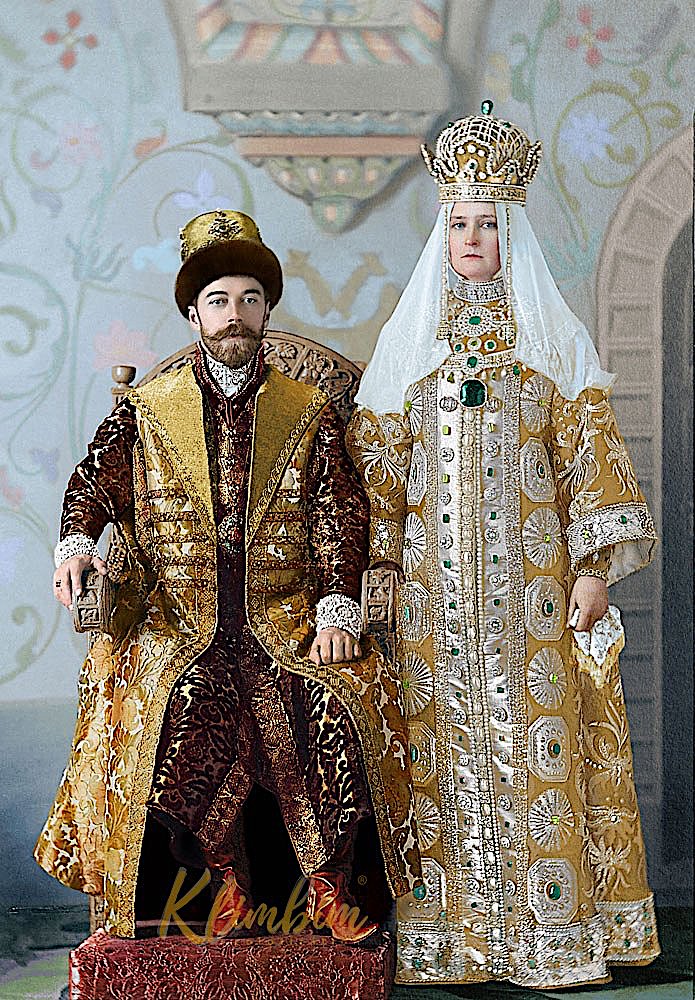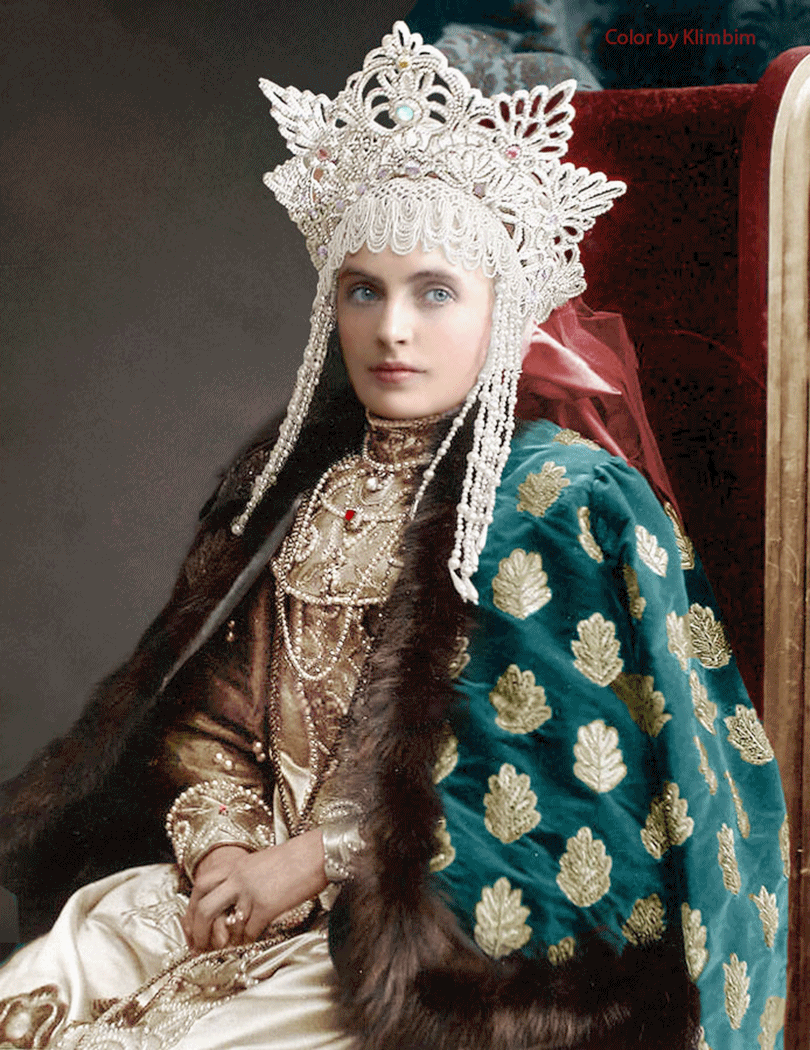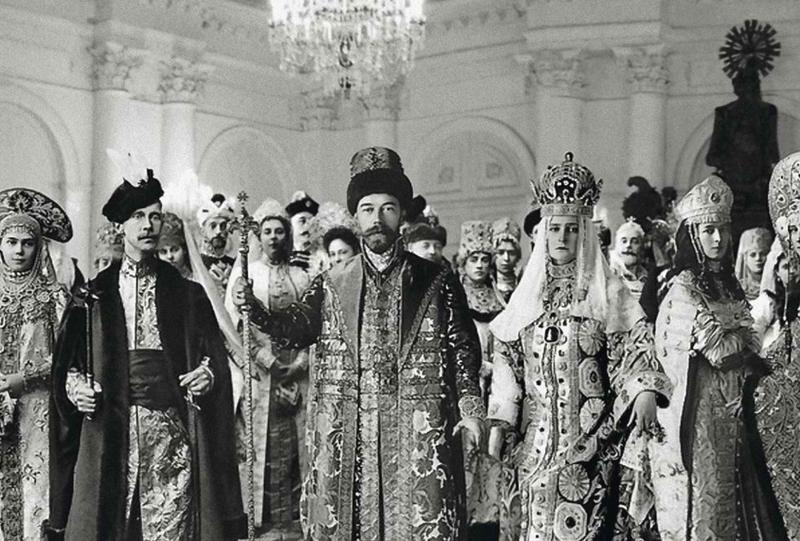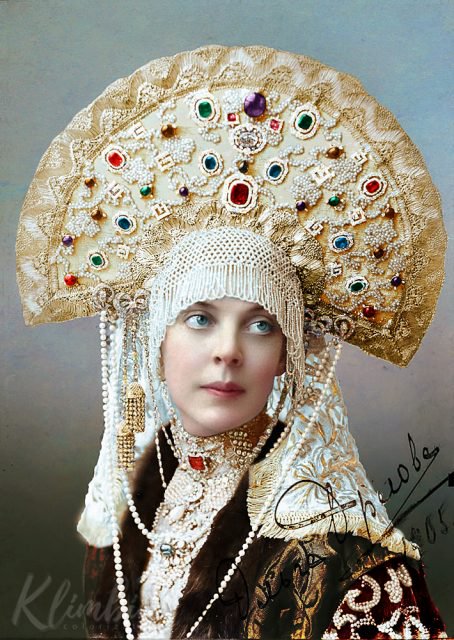In late-twenties Manhattan, a nineteen-year-old woman named Elizabeth “Lee” Miller stepped off the curb and into the path of a car. She was pulled back to safety by none other than the magnate Condé Nast, founder of the eponymous publishing company. Not long thereafter, Miller, who’d been studying at the Art Students League of New York, appeared on the cover of Vogue. It’s tempting to call this the first major episode of a charmed life, though that descriptor fits uneasily with the arc of her seventy years, during the last few decades of which she could never quite recover from having witnessed first-hand the liberation of the concentration camps at Buchenwald and Dachau — sights she shared with the American public as a war photographer.
Miller took pictures of not just the concentration camps, but also events like the London Blitz and the liberation of Paris. At the end of the war, she posed for an even more famous picture, bathing in Hitler’s tub on the very same day that the Führer later shot himself in his bunker.
Behind the camera in that instance was Life correspondent David E. Scherman, one of the notable men in Miller’s life. Others included the artist-writer Roland Penrose, the businessman Aziz Eloui Bey, and, before all of them, the surrealist photographer Man Ray, each of whom corresponded to a phase of the professional journey that took her from fashion model to fearless photojournalist.
You can see and hear that journey recounted by gallerist-Youtuber James Payne in the new Great Art Explained video at the top of the post. Just above is a British Pathé newsreel that shows Miller at home with Penrose in 1946, the year between the end of the war and the birth of their son Antony Penrose, who re-discovered and re-publicized his mother’s photography after her death in 1977. However belated her public recognition, it’s still surprising that a life like Miller’s, the events of which stretch even Hollywood plausibility, only became a movie last year. Lee still awaits wide release, but much has been written about the passion of star Kate Winslet that got it made. She’ll undoubtedly impress as Miller — but neither, rumor has it, is Saturday Night Live alumnus Andy Samberg’s David E. Scherman a performance to be missed.
Related content:
The Forgotten Women of Surrealism: A Magical, Short Animated Film
Man Ray’s Portraits of Ernest Hemingway, Ezra Pound, Marcel Duchamp & Many Other 1920s Icons
Based in Seoul, Colin Marshall writes and broadcasts on cities, language, and culture. His projects include the Substack newsletter Books on Cities and the book The Stateless City: a Walk through 21st-Century Los Angeles. Follow him on Twitter at @colinmarshall or on Facebook.

